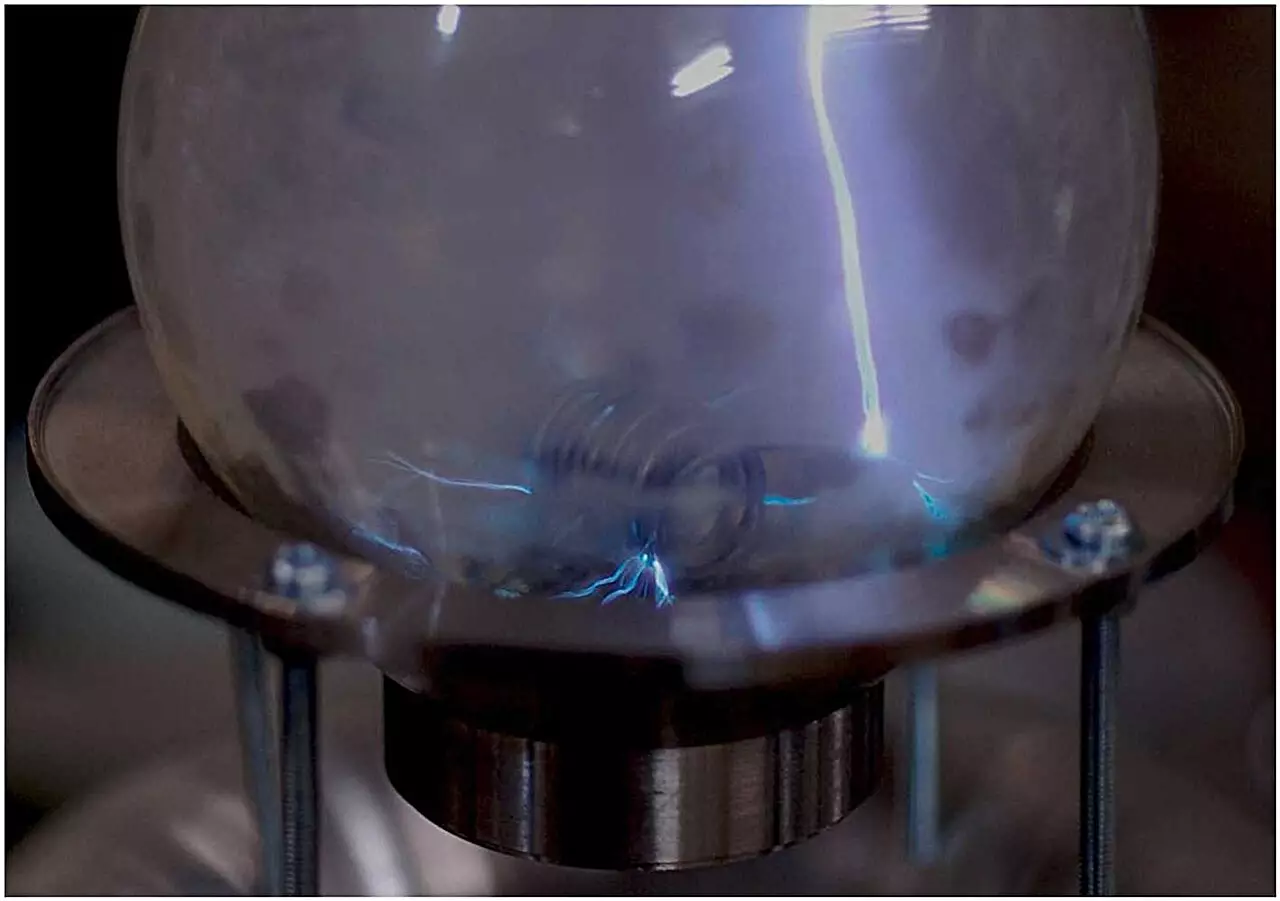In the realm of synthetic polymer chemistry, researchers at the University of Tsukuba have unveiled a transformative approach to synthesizing everyday polymers, particularly polystyrene and polymethyl methacrylate (PMMA). This innovation hinges on radical polymerization techniques that utilize a Tesla coil—an apparatus widely recognized for its ability to generate high-voltage, high-frequency discharges. This method marks a significant departure from traditional synthesis, as it circumvents the need for conventional catalysts or radical polymerization initiators, thereby enhancing the efficiency and sustainability of polymer production.
Tesla coils, typically used in educational demonstrations and certain electrical applications, possess the unique ability to generate remote spark discharges. This capability enables researchers to initiate chemical reactions externally, outside the confines of the reaction vessel, without the typical constraints imposed by counter electrodes. By producing monomer radicals through this external discharge, the team has effectively replaced traditional initiation protocols. This novel technique not only paves the way for the synthesis of high-purity polystyrene and acrylic resins, widely utilized in food packaging and thermal insulation materials, but also improves the overall understanding of polymerization processes.
Advancements in Polymer Applications
The implications of this research extend beyond academic interest; there are real-world applications that could significantly impact the manufacturing of polymer-based products. Polystyrene and PMMA are integral to numerous industries, particularly in creating lightweight yet durable materials. The ability to synthesize these polymers without the environmental impact of metal catalysts represents a leap forward in sustainable materials science. Furthermore, the technique’s potential to be adapted for a variety of conjugated polymers suggests a broader scope for innovation in polymer synthesis.
As the researchers delve deeper into the possibilities presented by this method, they anticipate the emergence of new polymers that could fulfill various industrial demands. By leveraging the “soliton,” a phenomenon associated with the spark discharge, as an initiator, the groundwork is being laid for diversified applications and novel material properties. This pioneering approach not only holds promise for enhanced polymer quality but also encourages further exploration of electromagnetic waves in chemical synthesis.
The team from the University of Tsukuba has demonstrated that radical polymerization can be redefined through innovative technologies such as Tesla coils. This research, published in the journal Next Materials, represents a paradigm shift in polymer production, melding advanced technology with chemistry in a way that could have lasting implications. As this method gains traction, it may well set the stage for greener, more efficient manufacturing processes in the polymers sector, prompting a reevaluation of how we approach synthetic materials. The future of polymer chemistry is not just bright; it is sparking with electrifying potential.

